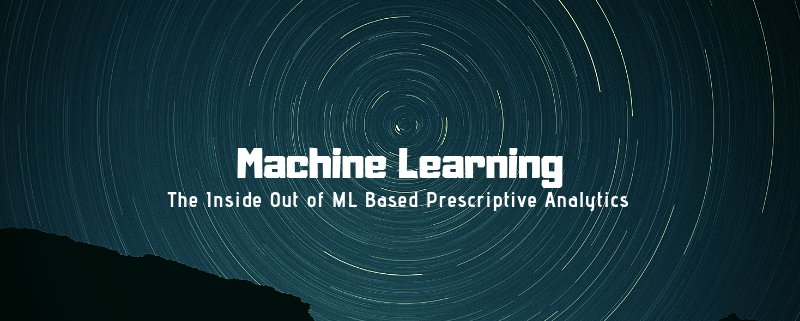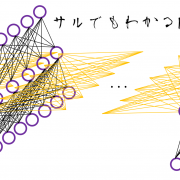Big Data has reduced the boundary between demand-centric dynamic pricing and user-behavior centric pricing!
Real-time pricing is also known as Dynamic pricing, and it is a method to plan and set highly flexible prices of the services or the products. Dynamic pricing is aimed to help the online organizations modify the costs on the fly in relation to the ever changing market conditions. All sorts of modifications are managed the costing bots, who collect the information, and use the algorithms in order to regulate the costing, keeping in mind the set guidelines. With the help of data analysis, vendors can accurately forecast the best prices, and also can adjust it as per the changing needs.
What’s the role of Big Data in Dynamics pricing?
Big data strategies are made just to get the required insights which help to enhance the performance of a business. Still, companies find it difficult to understand the capabilities of analytics, and how the analytics can be used to make the process of pricing all the more powerful. Various levels of Big Data collection, and analysis result into planning a proper dynamics pricing structure. The Big Data captured by the companies hold a lot of value when it comes to devising solid, and very workable dynamics costing structures.
Each and every one of the data-oriented firms move from the basic data reporting stage via a plenty of stages to get to the utmost, desirable level of optimization that’s deemed the most sophisticated. This eventually helps to enhance the revenue management process as well.
How Big Data lessens the gap between demand-centric dynamic pricing and user-behavior centric pricing?
Big Data as we have discussed above has a major role to play when it comes to setting dynamic pricing plans. Dynamic pricing is now further categorized into different segments and two of them are demand-centric dynamic pricing and user-behavior centric pricing. Both of these hold equal importance in creating a top pricing strategy. However, one of the other important things is that, it acts as a liaison between the two as well. It bridges the gap between the two. When it comes to demand centric costing, it is referred to as what the customer needs, and what the customer is looking for. Whereas, when it comes to user behavior pricing, it is more related to what we should be offering to the customer as per the interest levels of the customers.
Now, both of these parameters hold equal importance when it comes to making costing strategies that are fruitful. To set proper ‘demand centric pricing’ it is importance to know about the demand as well as the wants of the target audience. And, when it comes to user-behavior centric pricing, we need to know how the user is feeling, and what interest areas are. This where the role of Big Data analytics come into play.
Big Data analytics of relative information helps to find out both, the demands and well as the user behaviors. Big Data analytics done to study the target audience are a best way to get to the answers. Once we know about the demands and the user behavior we have to combine both of these to churn our better pricing strategies.
The costing plans should be taken into consideration by mapping both of these elements together. For example, even whenever we curate marketing strategies, they are basically catering to the demands of the public. But, at the same time, user-behavior is never neglected either. It’s a mix of both that we need for setting dynamic prices as well. The modifications which should be done in the pricing should be done based on collective insights gained by clubbing both the elements together.
By studying both the demands graphs as well as the user behavior reports, a company can devise plans that will turn out to be very useful when it comes to costing. Dynamic pricing is as it is a very fruitful invention, and the integration of Big Data has made it all the more powerful.
Big Data is one of those technologies which has made a lot possible in a lot of areas. Be it the pricing structures or the business strategies, Big Data analytics are used everywhere to improve the performance of the company.










Leave a Reply
Want to join the discussion?Feel free to contribute!